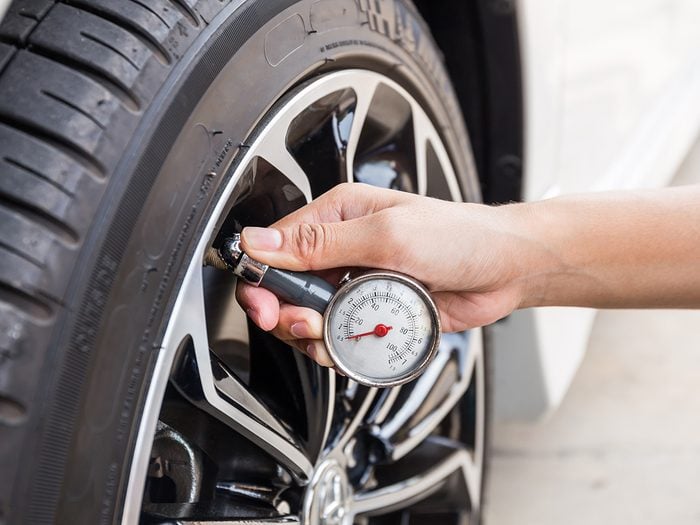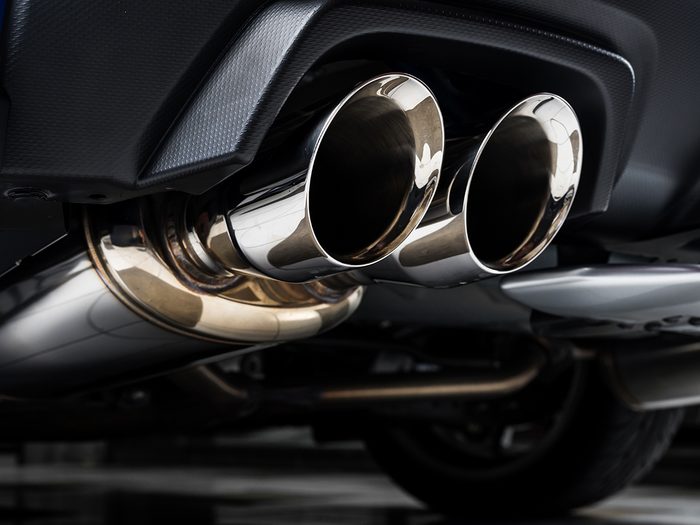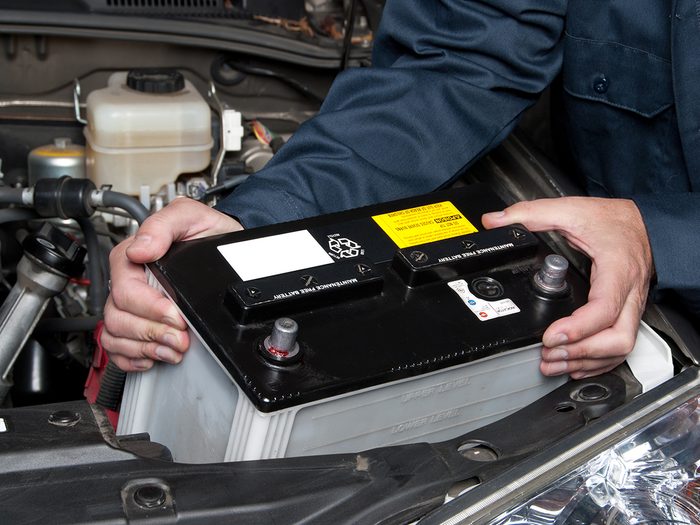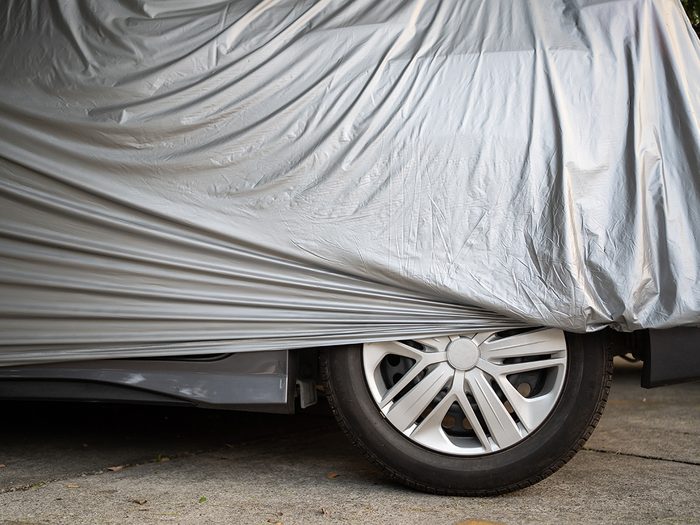
Winter Car Storage Tips: Essential Maintenance
Before you put your pride and joy in mothballs for the winter, it’s essential you perform a bit of preventative maintenance.
- Change the oil and filter and run the engine for a few minutes to circulate the clean oil. Fresh oil provides the ultimate in corrosion protection for winter storage.
- Inject fresh grease into all grease fittings.
- Prevent corrosion on the hood latch and door hinges by spraying them with white lithium grease.
- Open the windows, doors and trunk and spray dry Teflon lube or silicone spray on all the weather stripping to keep it from bonding to the doors when the vehicle sits for long periods. (If it’s already damaged, check out these tips for repairing weather stripping.)

Fill the Car With Gas and Stabilize
Draining all the fuel from your car for winter car storage would prevent gum and varnish buildup. But it’s next to impossible to do that, and even trying to do it can ruin a perfectly good fuel pump—a mistake that’ll cost you $700 including labour. (Find out more things you should never do to your car.)
Instead, stop at an auto parts store and buy a fresh bottle of fuel stabilizer. Then fill the tank at the gas station and pour in the recommended amount of fuel stabilizer. Drive the car around for about 15 minutes to get the stabilizer mixed into the gas and spread throughout the fuel system.

Raise the Car on Jack Stands and Lower Tire Pressure
All tires “flat-spot” during storage, so jack up your vehicle and set it on jack stands, then lower the tire pressure to 25 psi or so for the winter. Slip a piece of plywood under the stand to prevent it from sinking into asphalt or leaving rust stains on your garage floor. Then slide the jack stands into place and lower the vehicle.
The Internet is loaded with misinformation about which tires “flat-spot” during storage. Most sites say that bias-ply tires flat-spot but radials don’t, implying there’s no need to jack up your vehicle for storage if your tires are radials. Guess what? They’re wrong.
According to Hankook Tire America Corp. engineer Thomas Kenny, all tires can flat-spot after sitting for a while. After short-term storage (about three months), the flat spot usually goes away with a few miles of driving—but not always. Some radial tires (especially high-performance radial tires) can acquire a permanent flat spot when stored longer than six months. So get those tires off the ground during storage.
Here’s more expert advice on how to make your car tires last.

Seal Openings to Keep Out Critters
Rodents love the comfy conditions inside your vehicle’s heater system, air filter box and exhaust system. To keep them out of the heater, close the fresh air inlet by starting the engine and switching the heater to the “recycle” position. Then shut off the engine and stuff steel wool and a bright reminder flag into the air filter box intake duct (the duct coming into the air filter box, not the one going to the throttle body). Finally, plug the exhaust system.
Think rodents are bad? Check out these crazy things mechanics have seen on the job!

Protect the Car Battery
There’s no way your battery will stay charged over the winter. And once it loses its charge, it can freeze. Then it’s toast. Either remove it and store it indoors, or keep it at full charge by hooking it up to a battery maintainer. To connect to a battery maintainer, connect the clamps to the vehicle battery (red to red, black to black). Then plug in the battery maintainer and set the voltage and battery type. Press start and close the hood for the winter.

Cover the Car With a Breathable Fabric
If you’re storing your car indoors, you can cover it with just a sheet. But if it’ll be sitting outdoors, spend the bucks for a breathable water-resistant custom-fitted cover. (A waterproof tarp would trap moisture and create a perfect environment for rust.) Also, make sure you cover the tires to protect the rubber from damaging UV rays. Forget the tire dressing. It doesn’t extend the life of the tire at all.
Now that you know the ins and outs of winter car storage, find out which rust proofing option is best for you.